
Ingredient
Scallops, pectens
The Delicate Gems of the Sea: Exploring the World of Scallops
Scallops are bivalve mollusks with a round, fan-shaped shell and a soft, succulent flesh. They have a delicate, slightly sweet taste with a hint of brininess, and their texture is buttery and tender. The flesh is usually white or pale orange, and it can range from firm to tender, depending on the size and cooking method. Scallops are often sold shucked, which means the meat is removed from the shell, and they are available in various sizes, including bay scallops (smaller) and sea scallops (larger).
Origins and history
Scallops have a rich history dating back to ancient times. They were highly valued by the ancient Greeks and Romans, who considered them a delicacy. Scallops are found in oceans around the world, with notable populations in the Atlantic and Pacific. They are harvested through fishing or aquaculture methods. In many coastal regions, scallops hold cultural significance and are an integral part of local cuisines.
Nutritional information
Scallops are a nutritious seafood option, rich in protein, vitamins, and minerals. They are low in calories and fat, making them a healthy choice for those watching their weight or following a balanced diet.
Allergens
Scallops are known to cause allergies in some individuals, particularly those with shellfish allergies. It is important to exercise caution and consult with a healthcare professional if you have any known allergies.
How to select
When selecting scallops, look for ones that are firm, moist, and have a sweet, fresh aroma. Avoid scallops that have a strong fishy smell or appear dry or discolored. Opt for scallops that are translucent or slightly opaque, as they tend to be more tender and flavorful.
Storage recommendations
To maintain the freshness and quality of scallops, store them in the coldest part of your refrigerator, ideally at a temperature between 32°F and 38°F (0°C and 3°C). Keep them in a sealed container or wrapped tightly in plastic wrap to prevent any odors from permeating the flesh. It is best to consume scallops within 1-2 days of purchase.
How to produce
Scallops are typically harvested through fishing or aquaculture methods. For amateur seafood enthusiasts, it is best to purchase scallops from reputable sources rather than attempting to produce them at home.
Preparation tips
Before cooking scallops, ensure they are properly thawed if frozen. Pat them dry with a paper towel to remove excess moisture, as this helps achieve a better sear. Scallops can be pan-seared, grilled, or even enjoyed raw in ceviche or sushi. They cook quickly, so it is important to avoid overcooking to maintain their tender texture. Season them with salt, pepper, and other desired spices or marinades to enhance their natural flavors.
Culinary uses
Scallops are incredibly versatile and can be used in a variety of culinary preparations. They are commonly pan-seared and served as a main course, added to pasta dishes, stir-fries, or used in seafood stews and soups. They also pair well with flavors like garlic, lemon, butter, and herbs like thyme or parsley.
Availability
Scallops are commonly available in coastal regions around the world, including North America, Europe, and Asia. They are often found in seafood markets, grocery stores, and specialty seafood shops.
More ingredients from this category

Scallop, bay
The Ocean's Delicacy

Scallop, sea
The Jewel of the Ocean

Scallop, new zealand
The Ocean's Delicacy: Discovering the Flavors of New Zealand Scallops

Yesso scallop
The Ocean's Delicacy

Scallop, australian
Ocean Gems: Discover the Exquisite Australian Scallops

Scallop, queen
The Regal Delicacy of Queen Scallops

Scallop, giant pacific
The Ocean's Delicacy: Unveiling the Majesty of Giant Pacific Scallops

Scallop, great
Oceanic Delicacy: Discovering the Great Scallop
Recipes using Scallops, pectens » Browse all

Baltimore-style Teppanyaki with Old Bay Seasoning
Chesapeake Fusion: Old Bay Teppanyaki Delight

Vol-au-vent des Fruits de Mer
Seafood Delight in a Puff Pastry
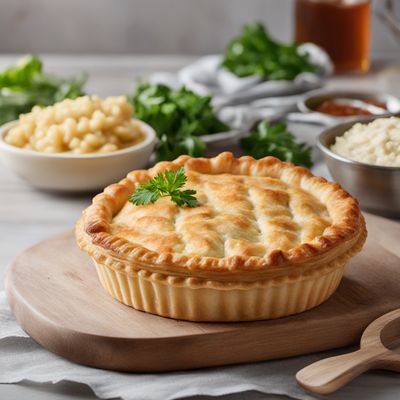
Canadian Seafood Delight
Oceanic Delights: A Canadian Seafood Pie

Chiapas-style Scallop Salad
Zesty Delight: Chiapas-inspired Scallop Salad
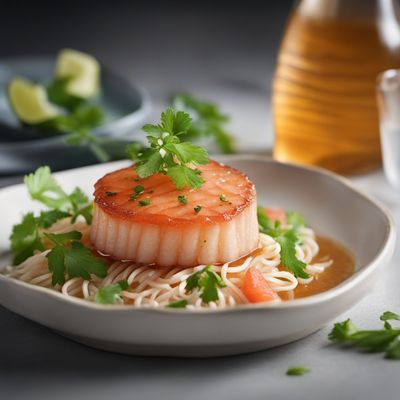
Huaiyang-style Grapefruit Scallop
Tangy and Tender Huaiyang-style Grapefruit Scallop
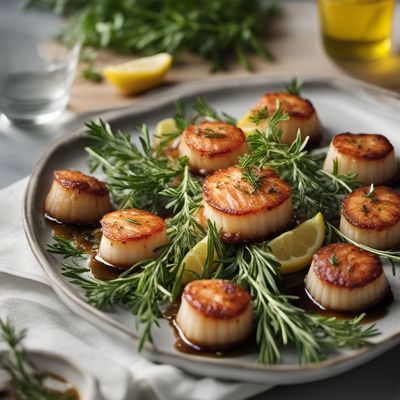
Scallops Provençal with Herb Butter
Mediterranean Delight: Herb-infused Scallops Provençal
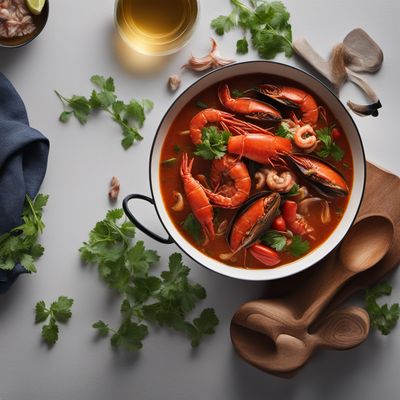
Binagoongan-inspired Seafood Stew
Maritime Delight: Seafood Stew with a Filipino Twist

Grilled Scallops with Coconut Lime Sauce
Tropical Delight: Grilled Scallops with Zesty Coconut Lime Sauce

Peruvian Seafood Chowder
Oceanic Delight: Peruvian Seafood Chowder
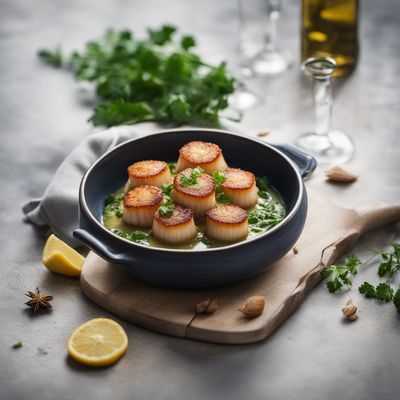
Venetian-style Scallops
Savory Delights from the Venetian Lagoon
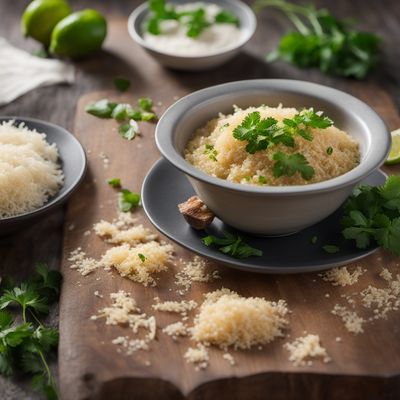
Conchitas a la Parmesana
Peruvian Parmesan Scallops

Seared Scallops in Saffron Sauce
Golden Delight: Seared Scallops in a Luxurious Saffron Sauce